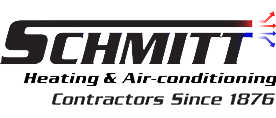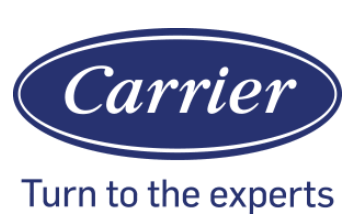Use These Resources for Better Weatherproofing
Weatherproofing is an important part of protecting your home from the elements and preparing it to withstand whatever conditions may be ahead – be it inclement weather or just an extremely hot summer. Cracks and gaps around your doors and windows can allow warm or cool air to escape. This not only makes it harder for you to get comfortable, but it can also waste energy, which drives your monthly utility bills through the roof.
The key to ensuring that your home is efficient and comfortable is adequate weatherproofing. San Francisco homeowners can use the resources below to improve their weatherproofing and, ultimately, their home comfort.
Top Weatherproofing Resources
Not sure where you should start your weatherproofing project? Use the resources below to get the information and tools you need to weatherproof your home successfully:
Tips from The Home Depot
Not only is The Home Depot your go-to place for buying home improvement supplies, but they also provide a wealth of information and how-to tutorials on different home improvement projects, including weatherproofing. In Weatherproofing Your Windows, the site guides you through the weatherproofing process with a step-by-step guide as well as a list of tools that you will need. For information on weatherproofing different kinds of windows, check out this guide which offers you tips for weatherproofing depending on what type of windows you have.
If you want to weatherproof your entry door, they’ve got a guide for that too, complete with a list of tools that you will need to get the job done. Once you’ve looked through the guide, all you need to do is head to the store to pick up the supplies you need. If you still have questions or need advice on weatherproofing, you can ask the store associates as many are familiar with the weatherproofing details and can help you find everything you need.
Lowe’s Weather Stripping Tips
If you’re more of a Lowe’s fan, you’re in luck! This home improvement store also provides helpful guides for weatherproofing your San Francisco home. Use Weather Strip Your Doors to learn all you need to know about how to seal your doors properly. This guide includes a list of materials as well as a simple guide with 5 steps to weather stripping your doors.
Your doors are not the only place where cool or warm air can escape. Lowe’s has also created a short and simple guide to Weather Stripping Your Windows. This guide discusses the importance of weatherizing your home, and gives a list of tools that you will need to tackle your window weather stripping for double-hung windows and casement windows. With instructions laid out in a few easy steps, you’ll be on your way to adequate weatherproofing in no time!
Does your HVAC system need a spring cleaning? Schmitt Heating & Air Conditioning is here to help with all of your San Francisco air conditioning and heating needs. Call us today to schedule an HVAC repair or maintenance visit: (415) 522-0966.



